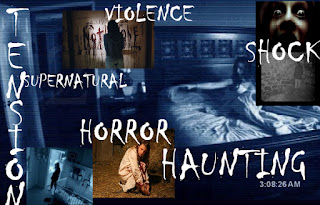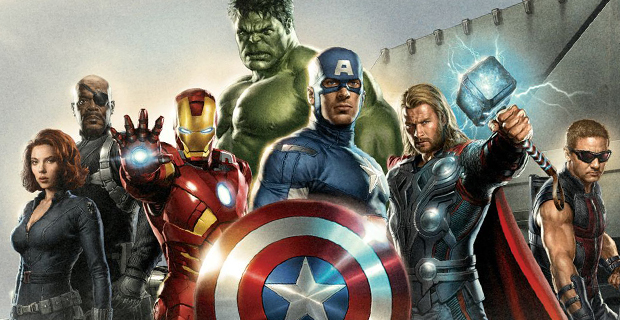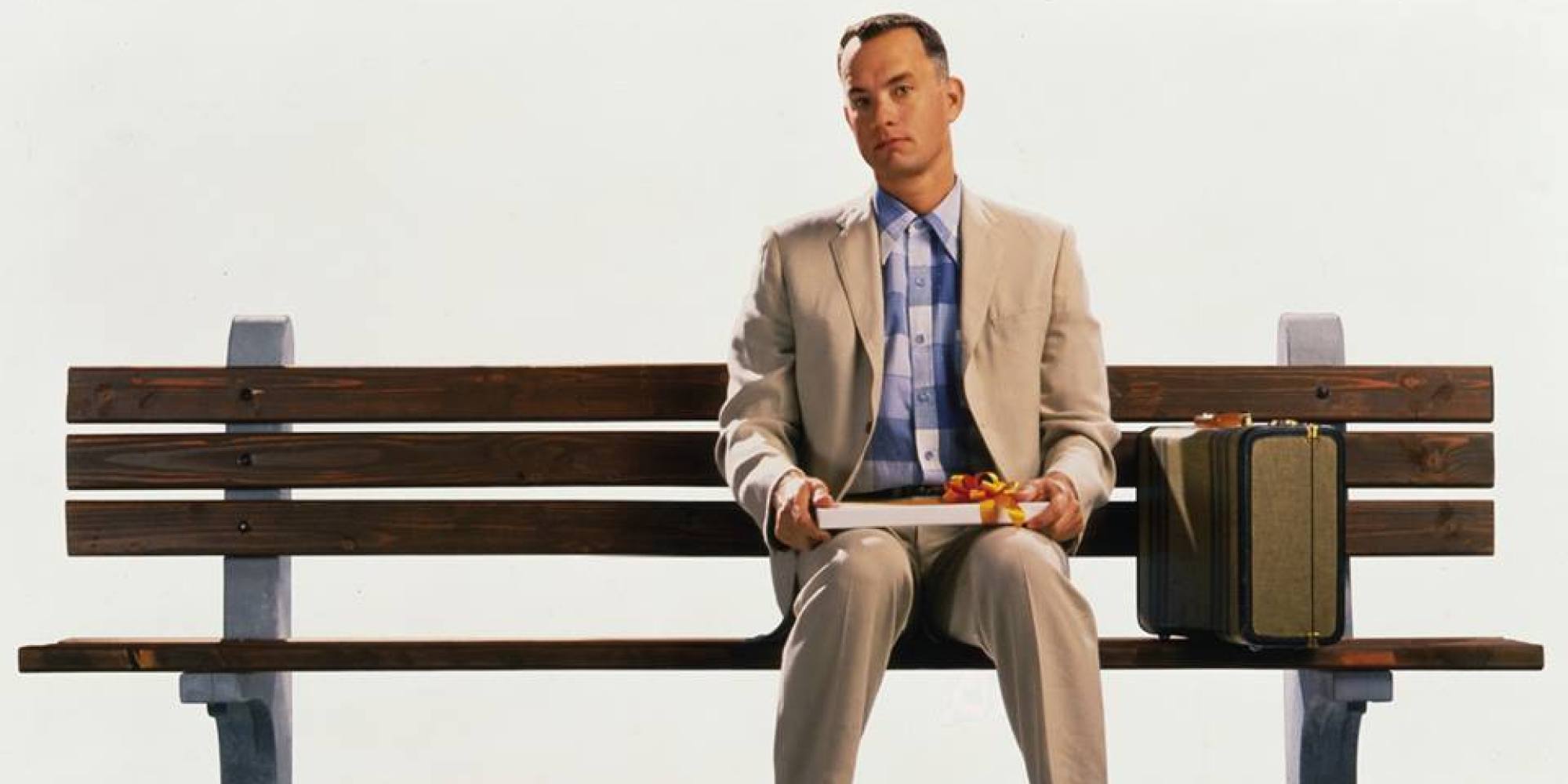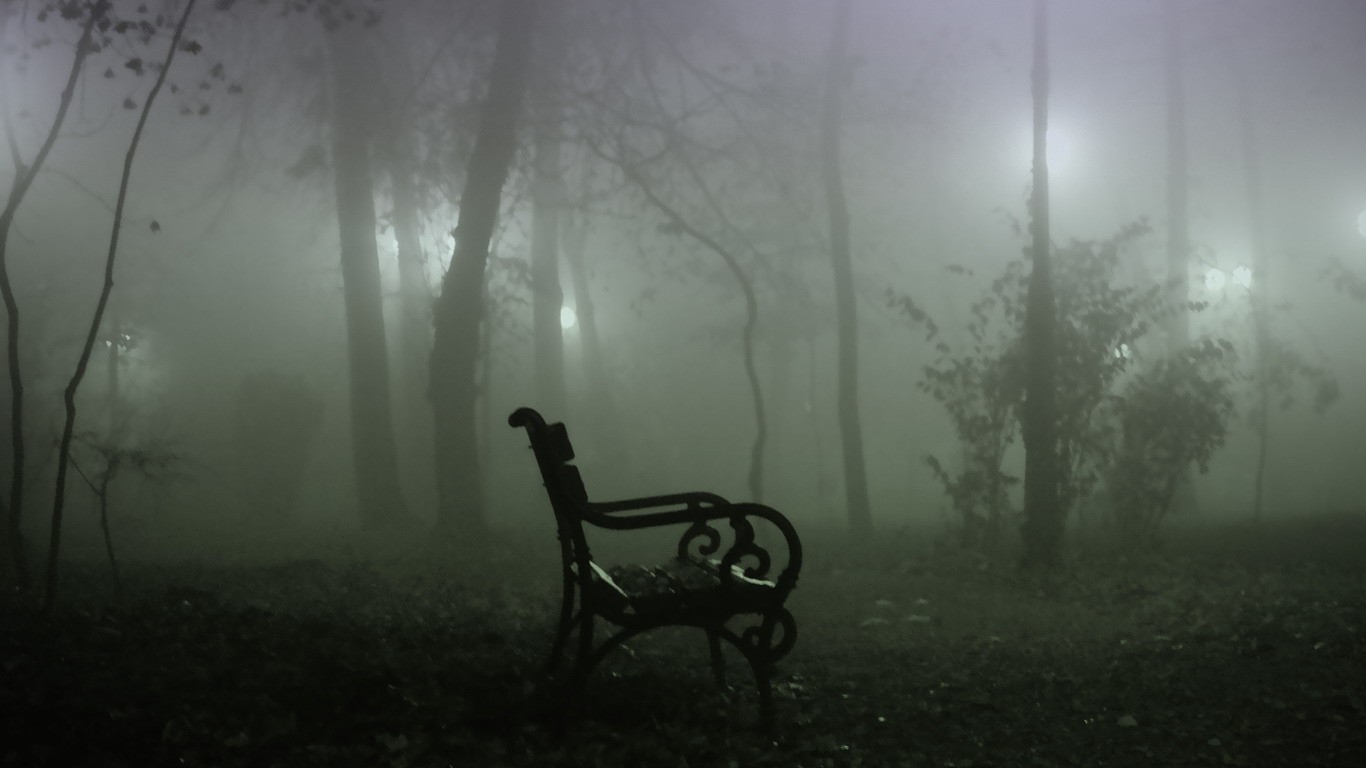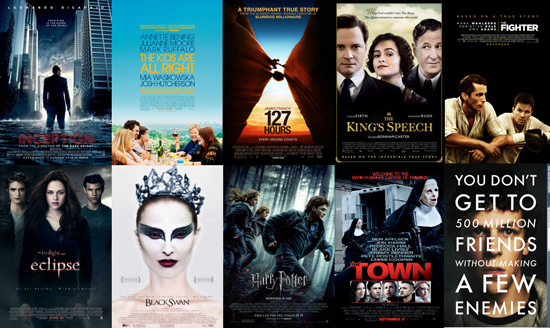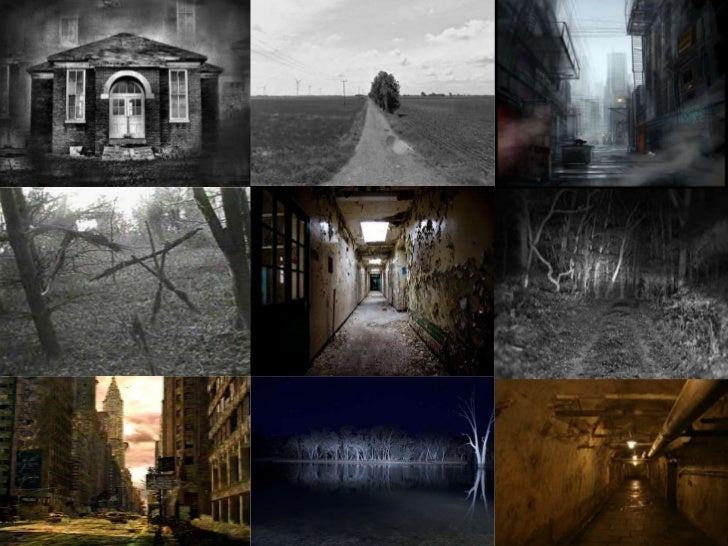Analysis of AS Productions
What targets will you set yourself for G324 when you will make a trailer?
Our main problem when filming our opening two minutes was the weather, not only was lighting a major issue but since we were filming in winter the cold temperatures were also an issue. We chose to go after school to film as it saved us having to find a weekend when we were all free and it meant we could talk about what parts we were going to film that day on our journey to location. Although this was a good idea, we failed to consider that as the sun set earlier and earlier each evening it meant we had even less and less time to film. We did later on in our filming consider starting all over again and filming it later in the evening so it was darker but there were only about 20 mins each day where the location was dark enough to look sinister and scary but light enough so the camera could still make out everything therefore we chose to stick with the footage we had. For this year I think getting a better camera would be highly effective, especially if we continue down the horror route as then we would be able to film in more low key lighting and create a more scary feel about the film. The cold temperatures were also hard to deal with as it meant our patience wore down quicker and we weren't as thorough with the amount of shots we should have used, we ended up getting a 'good enough' shot rather than striving to create something unique and interesting, in the opening I feel we got away with it as there is just about a large enough variety of shots but for the trailer this year I would really like to experiment more with shot types and stretch ourselves to achieve something extraordinary and unique rather than simply 'good enough'.
Another issue was we didn't leave enough time at the end of editing to add the titles in therefore this part of post-production was quite rushed and was were we ended up falling down. Aside from having to physically produce the titles we also had to re-research types of fonts used in horror films and re-watch opening two minutes to get some ideas as previously we had done very little research on this. This was quite time consuming and so from this mistake I've learnt to do more research whilst I have the time and to make sure there is enough time for all aspects of post-production (paying special attention to titles).
The non-diegetic sound in our opening I'm extremely proud of as I think the music makes the opening so much better, so much more tense and scary, it ties together all the shots perfectly and makes the audience sit in the edge if their seats in suspense. The only downside to sound is the diegetic sound - although the rustling of the trees, the snapping of branches, the footsteps and the squelching in the mud work remarkably well (very proud of them) the conversation between the three girls is the only down side. You can hear what they're saying but it would have been much clearer if we had re-recorded over it, this can be a target for next year to make sure any conversations or dialogue is audible to the audience.
Something that I think our group can improve on this year is planning, although we had a storyboard and had planned some of the shots we wanted when it got to filming and we all had varying ideas on how to do things we ended up realising maybe we hadn't put enough planning into it. The fact that we all had different ideas of how to do the shots showed how maybe we needed a more detailed storyboard or a more detailed script. This was a major factor when it came to editing as we hadn't included time scale on the shots (on the storyboard) or how many extra shots we could have in between so by the time it was all cut together the original draft was over 4 minutes long. This meant we had to lose quite a lot of shots meaning more effective planning could have saved all this extra effort. Dialogue was another issue as we hadn't planned this beforehand so came up with it on the spot. Although this worked out okay it took up valuable time, especially when the temperatures were that low.
Overall I feel the group worked well to achieve a good opening, we completed our filming on time and only had to re-shoot a few shots, we were able to keep momentum up on the cold Sunday mornings so we could get some good shots but targets for this year would be:
1) Plan in more detail to make the filming part of production easier
2) Research extra things that could help with production whilst you have the time as you may be short of it later
3) Get a better camera so we can shoot in darker lighting and generally have a higher quality finish to the trailer
4) Leave enough time to complete post-production to a high standard (with special focus on titles)
